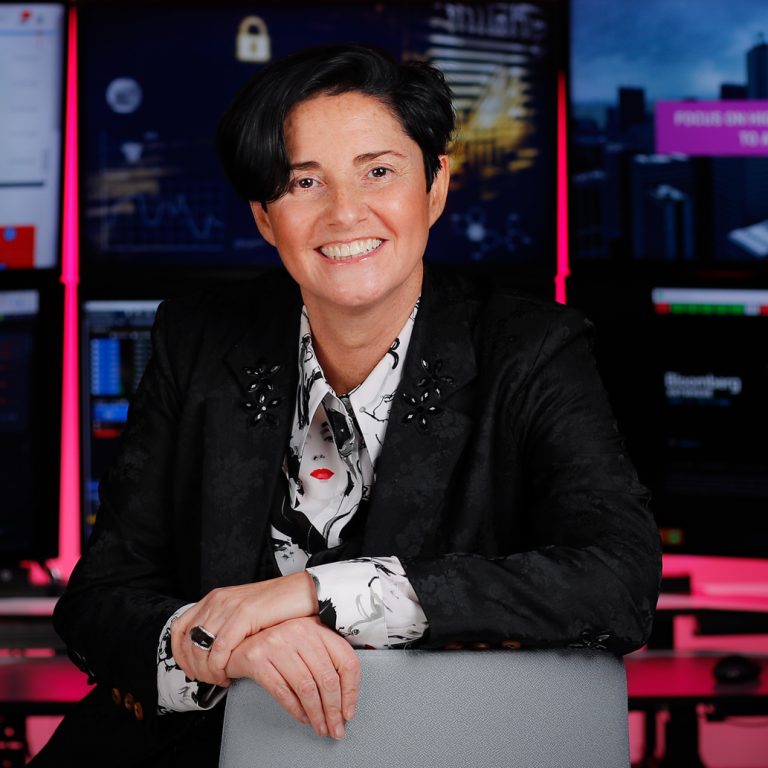As a fintech, focused on delivering software to solve the mercurial machinations of the baffling financial sector, you would think that a firm could precisely profile the two types of people they need – years of banking experience in one count and smashing through tech walls with the other. But no, the future for Finastra is about achieving the widest diversity of thought and influence. So, how does that play out in reality?







